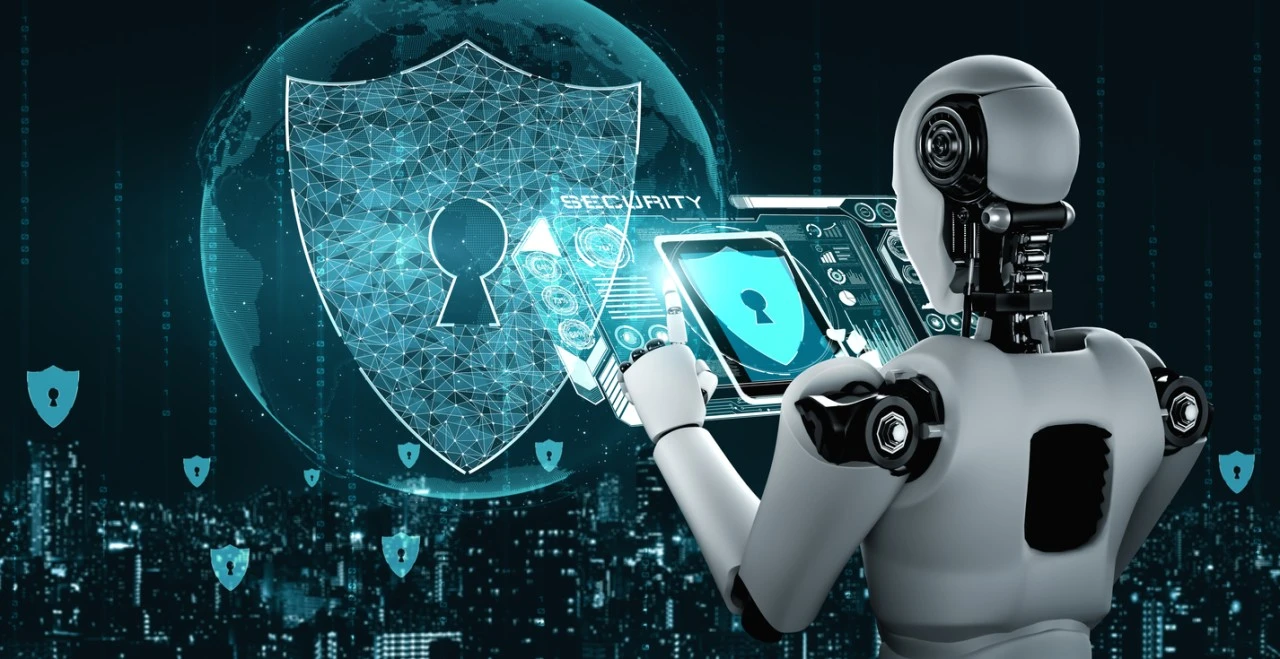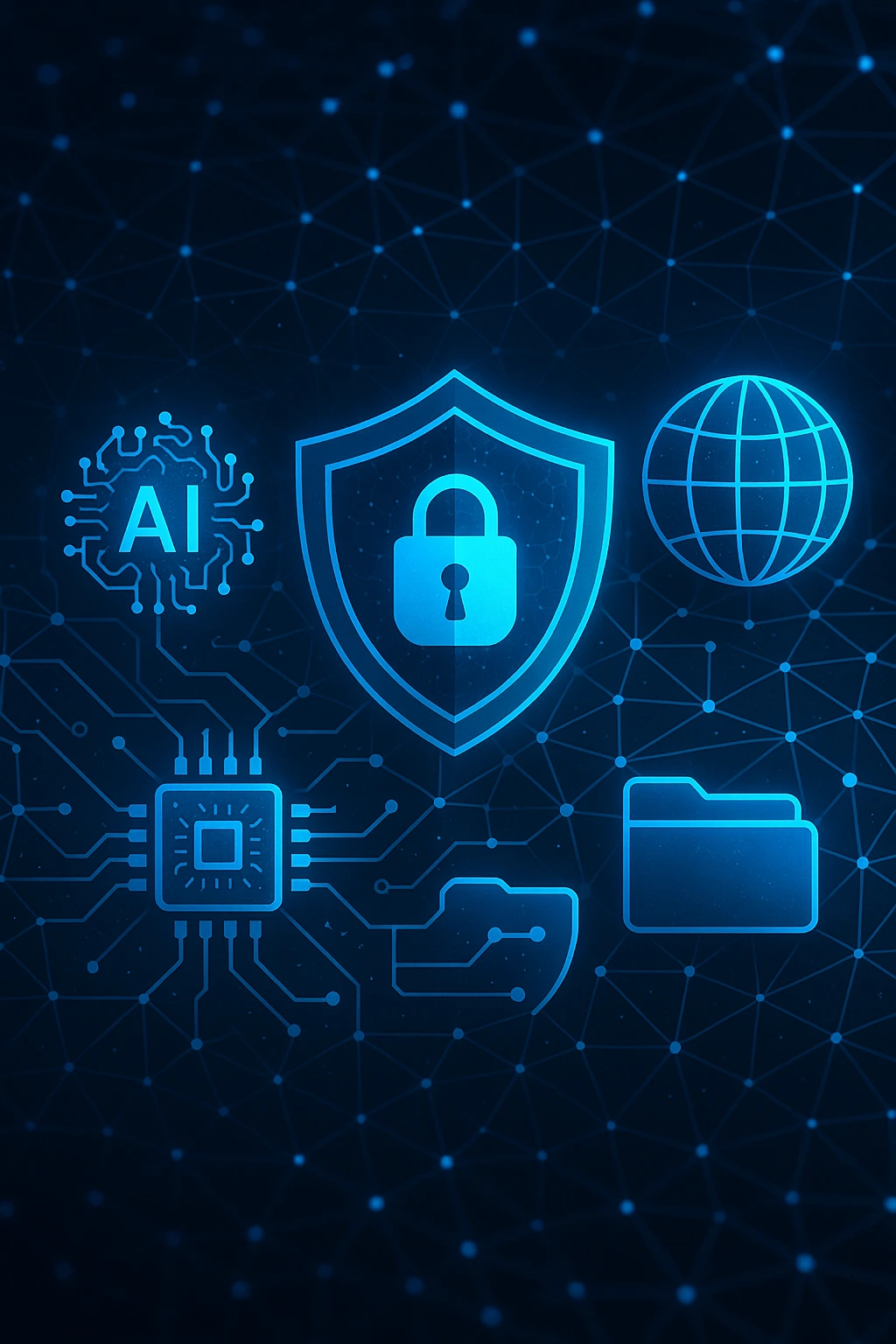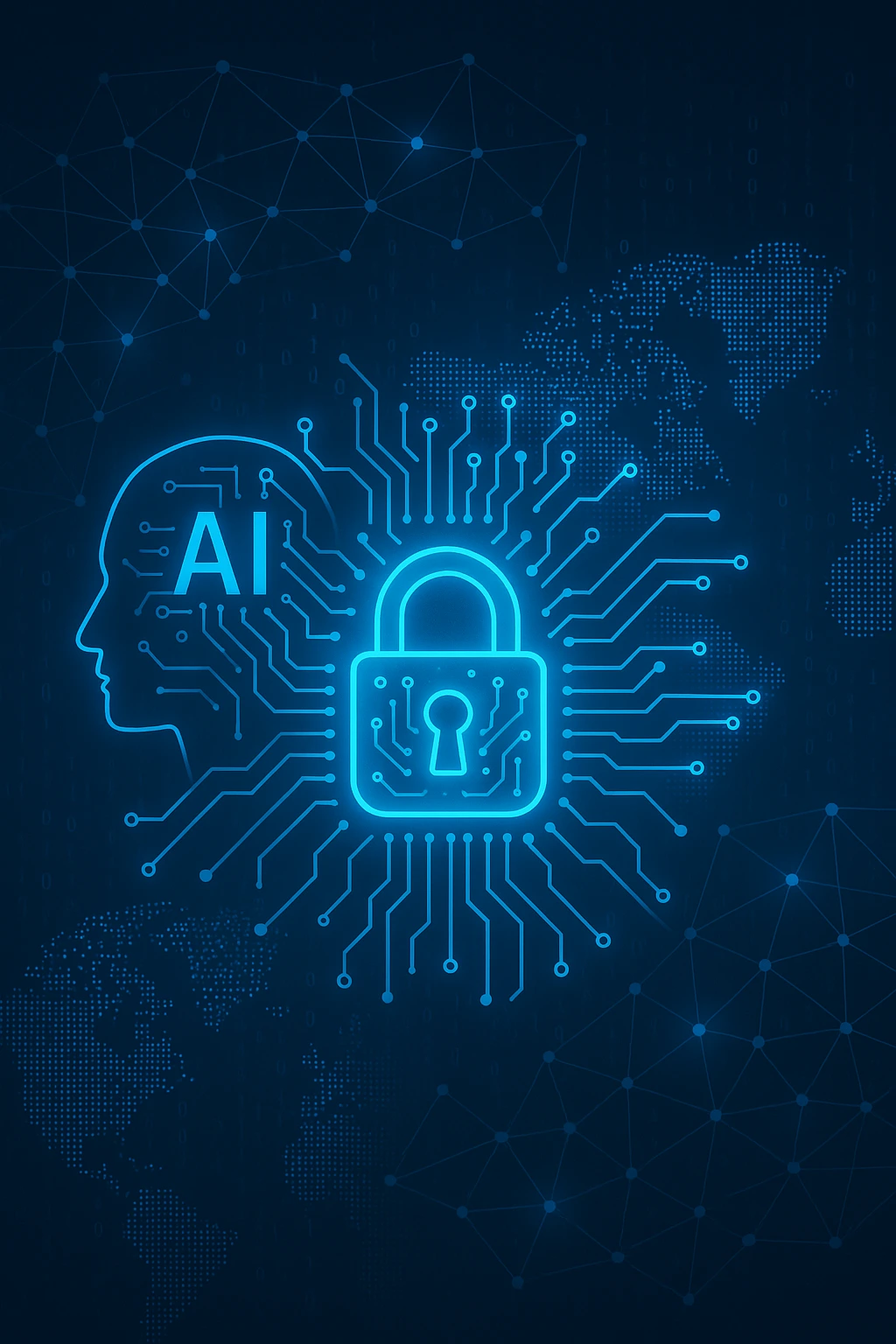
AI-Powered Cybersecurity: Protecting Data in a Connected World
In today’s hyperconnected digital landscape, cybersecurity threats are growing in sophistication and scale, necessitating the use of AI-powered defenses. AI systems can analyze vast amounts of network traffic data in real-time to detect anomalies and potential breaches faster than traditional methods. Machine learning models continuously learn from new attack patterns, enabling proactive threat identification and automated response mechanisms that reduce the risk of data loss and system compromise. However, as defenders adopt AI, attackers also exploit these technologies to develop smarter malware and phishing schemes, creating a constant arms race in cybersecurity. To stay ahead, organizations must integrate AI with human expertise, ensuring robust, adaptive security frameworks that protect sensitive information and maintain trust in digital systems.
Cybersecurity · AI · Data Protection
AI-Powered Cybersecurity: Protecting Data in a Connected World
As digital systems expand, cyber threats evolve in sophistication and speed. Traditional defenses are no longer enough—AI is emerging as the front-line shield to detect, predict, and neutralize attacks in real time.
By Editorial Team ·

“In cybersecurity, speed is everything. AI delivers the speed humans alone cannot.”
The Evolving Threat Landscape
Cyberattacks today are more targeted and adaptive. From ransomware crippling hospitals to phishing schemes imitating CEOs, attackers use automation to outpace human defenders.
- Phishing: AI-generated deepfake emails and voices fool employees.
- Malware: Self-evolving code adapts to evade detection.
- Ransomware: Encrypted networks bring businesses to a halt.
- IoT Attacks: Billions of connected devices widen the attack surface.
How AI Strengthens Defense
Threat Detection
Machine learning models analyze network traffic, system logs, and user behavior to identify anomalies that could indicate an intrusion.
Automated Response
Instead of waiting for human analysts, AI systems isolate infected devices, block malicious IPs, and contain attacks in real time.
Continuous Learning
Every attack improves the system. Models evolve as they learn new tactics, staying one step ahead of cybercriminals.

The AI Arms Race
As defenders adopt AI, attackers do too. Hackers now deploy AI to design adaptive malware, bypass CAPTCHAs, and even craft hyper-personalized phishing campaigns.
“The same tools that protect us can be weaponized against us.”
Building an AI-Enhanced Security Framework
Organizations must combine AI tools with strong governance and skilled analysts. The human-AI partnership is essential for resilience.
| Layer | AI Role | Human Role |
|---|---|---|
| Detection | Monitor logs & anomalies | Interpret context |
| Response | Contain threat instantly | Decide escalation strategy |
| Recovery | Restore clean backups | Reinforce policies |
Bottom Line
AI-powered cybersecurity is not a luxury—it’s a necessity. In a world where threats evolve by the second, only AI can match the speed of attack. But humans remain the decision-makers, ensuring defenses are not only fast but also fair, ethical, and resilient.